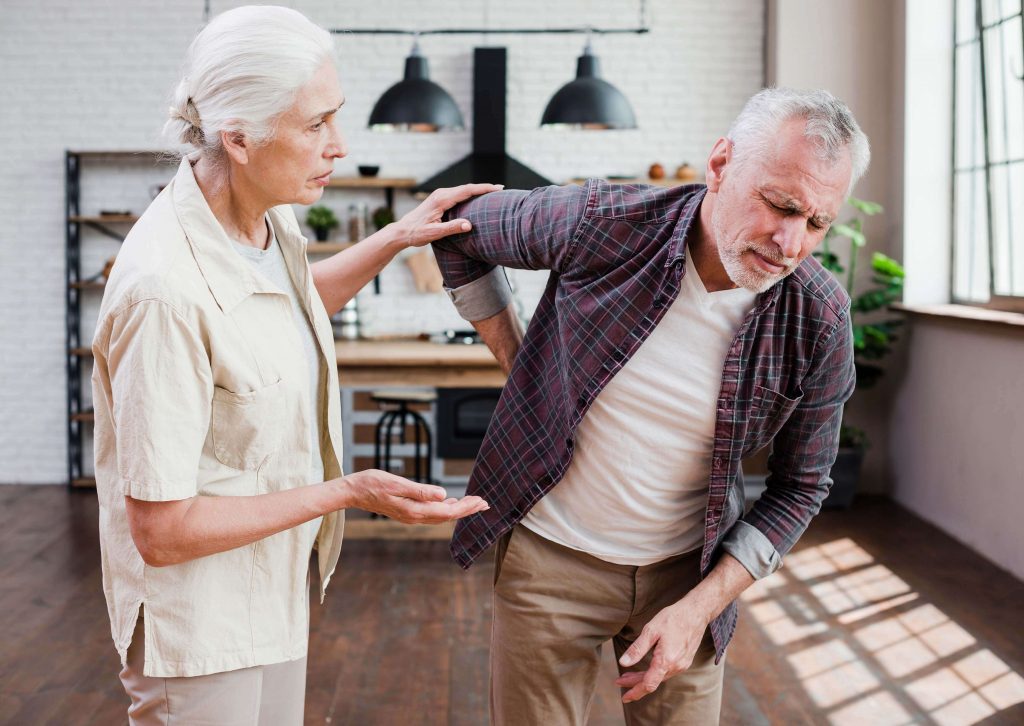There’s no escaping ageing. The truth is, as time passes, our bodies begin to fail. And back pain is one of the most common ailments afflicting older adults. But while some aches and pains are simply the grim reality of growing old, spinal pain doesn’t have to affect your quality of life.
Do you have spinal stenosis?
Spinal stenosis is the narrowing of the space around the spinal cord. This narrowing puts pressure on the nerves and causes pain, numbness or tingling and even cramping.
Generally, the narrowing occurs as a result of wear and tear of the vertebral joints which is why the condition typically affects people over the age of 50. But spinal stenosis can also be caused by arthritis, herniated discs or bone disease.
Sufferers can experience a range of symptoms: numbness or a tingling sensation, cramps after standing for long periods, feeling weakness in the foot or leg, and back pain.
Left untreated, walking can become more difficult and the pain can become more consistent.
How do you know when the pain is more than just back pain?
When the pain becomes so debilitating that it prevents you from enjoying your usual activities, such as walking, it’s time to consult a professional.
Diagnosis usually involves understanding your history and performing a physical examination for signs of spinal stenosis. Imaging may also be recommended. A doctor may prescribe medicines to relieve the pain. Physiotherapy treatment is also an effective therapy for spinal stenosis.
The benefits of physiotherapy for spinal stenosis
Stretching and strengthening exercises for the lower back can help relieve painful symptoms and aid your mobility. Stretching improves the muscles of the spine, and strengthening exercises help support the spinal joints. Physiotherapists can design the best treatment plan to suit you that includes an exercise program to help build your core strength and support your spine.
Spinal decompression therapy is also a helpful treatment option, particularly if your spinal stenosis is a result of disc herniation.
Some other helpful tips
While it’s important to remain active, don’t overdo it. Take breaks between physical activities such as walking to ease symptoms. And be sure to use proper techniques when lifting or pushing. Still have concerns? Arrange to speak to our physiotherapy team about keeping your lower back moving and strong. We can diagnose, manage and rehabilitate your spinal injury.

